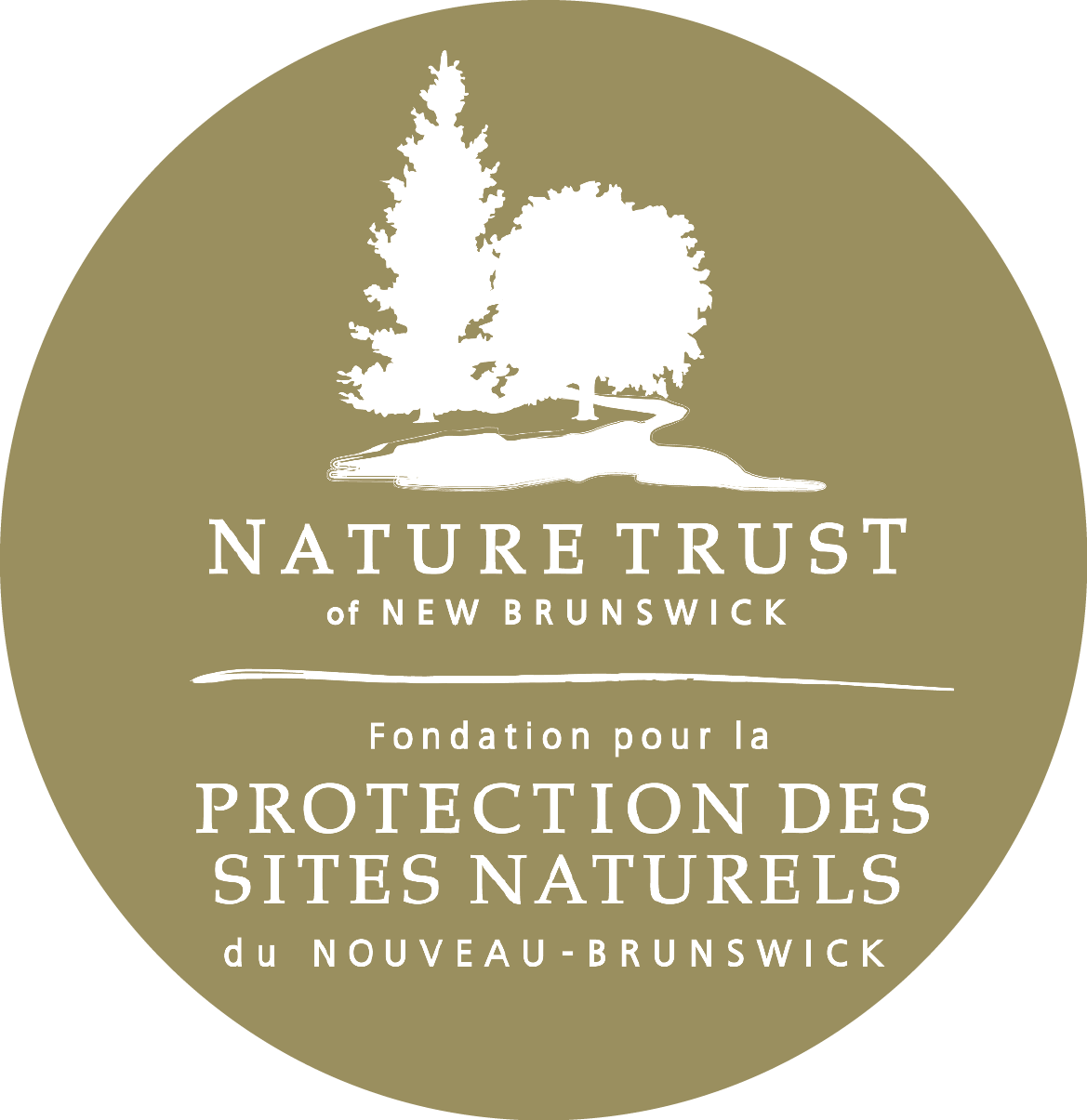Overview
This preserve is an 11-hectare (27.18 acre) property in the Wolastoq River watershed at the southern end of Harts Lake within the municipality of Gagetown. The parcel contains a tolerant mixedwood stand, tolerant softwood stand, silver maple floodplain forest, Dingee Stream, and is almost entirely classified as Provincially Significant Wetland (PSW).
Formerly known as the wetlands of Harts Lake, this preserve has been named Aptelomultineweyawihkuk (pronounced “ap-tel-mool-tee-neh-way-ya-wih-gook”) meaning “rice growing place”. This naming process is part of our initiative to reintroduce traditional Indigenous names to the preserves we care for, in recognition of their cultural and historical significance for the Indigenous nations of New Brunswick. Over the last couple years we have invited elders to join us at some of our preserves, to get a feel for the land, and give them the opportunity to propose a name from their native language.
History
This nature preserve was generously donated by the Bancroft and Reed Household in 2022, recognizing its important ecological significance.
The property is nearly completely forested. The watercourse that runs through the property to Harts Lake shows a great deal of beaver activity, likely over hundreds of years. The preserve is an ecologically valuable site that provides diverse habitats that include upland softwood forest, rich streamside hardwood forest, marsh, lake, and streams.
We acknowledge that this preserve is on traditional Wolastoqey territory.
Ecology
The lake that feeds into the wetlands that border this property, Harts Lake, is an Ecologically Significant Area (ESA). The wetlands surrounding this ESA are also considered Provincially Significant Wetlands (PSW). Combined, this ESA and PSW create a powerful water complex (Coys and Harts Lake Marsh Complex) that supports populations of the skimming (Enallagma geminatum)and orange bluet (Enallagma signatum) damselflies.
There is an abundance and variety of trees found within the property. Among them is a silver maple floodplain forest, considered uncommon in New Brunswick. The rich mineral soils found in these stands made them attractive locations for early agricultural fields, resulting in widespread loss of these forests.
Plant life found on the preserve includes ghost pipe (Monotropa uniflora), twinflower (Linnaea borealis) and Canada mayflower (Maianthemum canadense). Observed growing in the stream are yellow water lily (Nuphar lutea), arrowhead (Sagittaria sagittifolia), and wild rice (Zizania palustris). Ferns along the stream are abundant and include wood (Dryopteris sp), sensitive (Onoclea sensibilis), New York (Thelypteris noveboracensis), and interrupted (Osmunda claytonia) ferns.
Access and Activities
There is no public access to this preserve. We ask that you contact the Nature Trust office at (506) 457-2398 or steward@ntnb.org for more information about visitation.
*The property is undeveloped and there are a variety of hazards and risks associated with accessing this preserve. While this nature preserve is open for public access, visitors must assume responsibility for their own actions and safety and are to use the land at their own risk.


